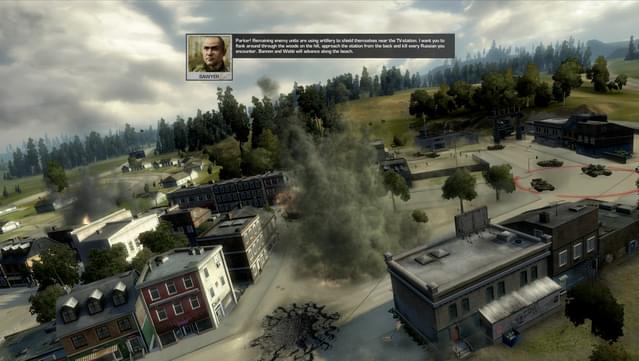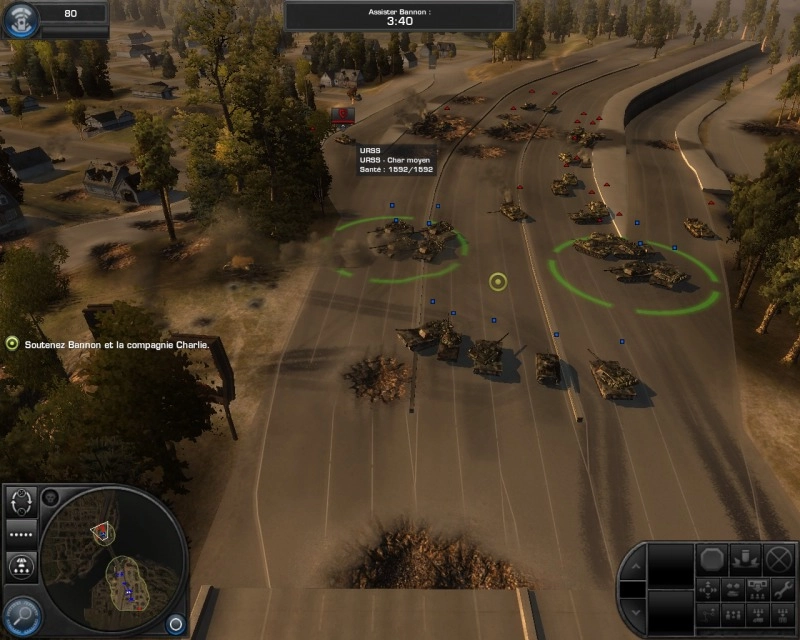


This might also be called ‘propaganda,’ though – because of that word’s strong negative connotation – it is best reserved for strategic communication that is manipulative or misleading. Organizations use ‘strategic communication’ to influence audiences in ways that advance organizations’ strategic goals and promote their interests. When analyzed in this way, player engagement in video games is important because of how it structures game narratives and reveals attempts at persuading players. I will therefore focus on how video games present conflicts and the efficacy of military force, rather than the more problematic issue of how games may affect players. Players are extremely diverse and are apt to experience and interpret video games in myriad different ways (Schulzke, 2013b). It is also critical to avoid making unsupportable claims about what influence video games have on players – a common problem in the literature on video games. This is a plausible assertion, but it needs far more empirical testing. Some commentators argue that video games’ unique mode of player engagement may make them more persuasive than other media (Bogost, 2007). Biased presentation is especially important when games simulate real events, or fictional events involving real countries, in ways that support one side against another. This tends to embed players firmly in a particular perspective, thereby privileging that perspective over others (Schulzke 2013d). Players of war games become virtual members of armed forces engaged in simulated combat and they progress through games by securing victory for their side. By contrast, video games force players to become participants in simulated events.

Audiences of books, films, music, and other non-gaming media are by no means passive, but audience participation in these media is usually limited to textual interpretation and involvement in fan activities. Video games become even more interesting when one looks beyond their commercial success and popularity to their distinctive mode of audience engagement. War games also give rise to active fan communities that produce game modifications, fan fiction, videos, and other media. Single-player campaigns in war games generally last between six and fifteen hours, and most games include multiplayer modes that extend gameplay indefinitely. Moreover, video games tend to require a much greater time commitment than other media. Gaming franchises about war, such as Call of Duty, Battlefield, and Medal of Honor, have been particularly successful, with sales of around 188 million units, 38 million units, and 36 million units respectively (VGChartz). Video games can reach large audiences and generate enormous sales figures. Video games tend to be marginalized in political research, but they are important when judged by the same commercial indicators that are often used to establish the relevance of other types of media. Finally, video games can have critical import when they are used to question government policies or the conventions of the military gaming genre. Third, video games create imaginary conflicts that explore threat scenarios, the efficacy of military force, and the moral boundaries of warfare. Second, video games simulate recent and current events in ways that may help to construct, and in some cases reconstruct, those events. First, political actors use video games as strategic communications tools that project soft-power through entertainment media. I then explore four dimensions of military video games’ political significance. I will start by discussing how video games differ from other media. This is a serious oversight, which I hope to correct by calling attention to some of the many ways in which video games, especially video games about armed conflict, play a role in international politics. Even studies of the political implications of popular culture and new media rarely discuss video games. Video games are important political media, yet they receive little attention from political scientists.


 0 kommentar(er)
0 kommentar(er)
